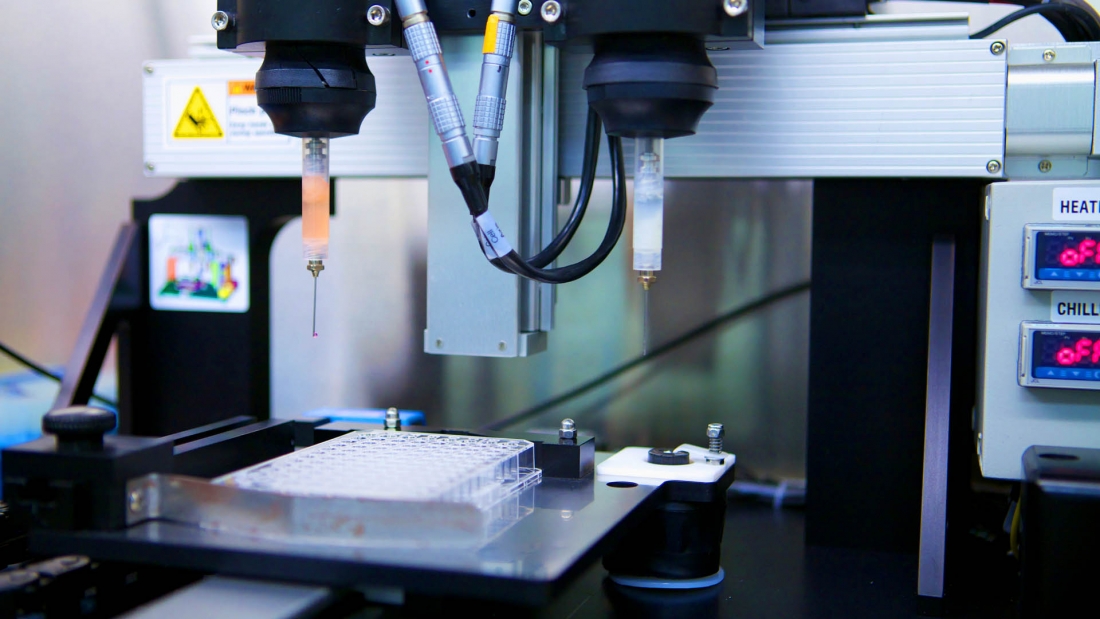Nike Partners With HP For 3D Printing Technology
When you think of HP the first thing that comes to mind is probably computers or inkjet printers (or those terrible TouchPad ads). Moving forward, HP would like for you to add 3D printing to that list. The company has announced two new commercial printers which they believe will be game changers for both prototyping and manufacturing. We don’t normally cover industrial products, but the tech behind HP’s new Jet Fusion 3D printers is a significant step forward and could very well pave the path to an on-demand, 3D printed manufacturing economy. In fact, the technology is so game changing, Nike is partnering with HP to use the printers for future products.
Continue reading










